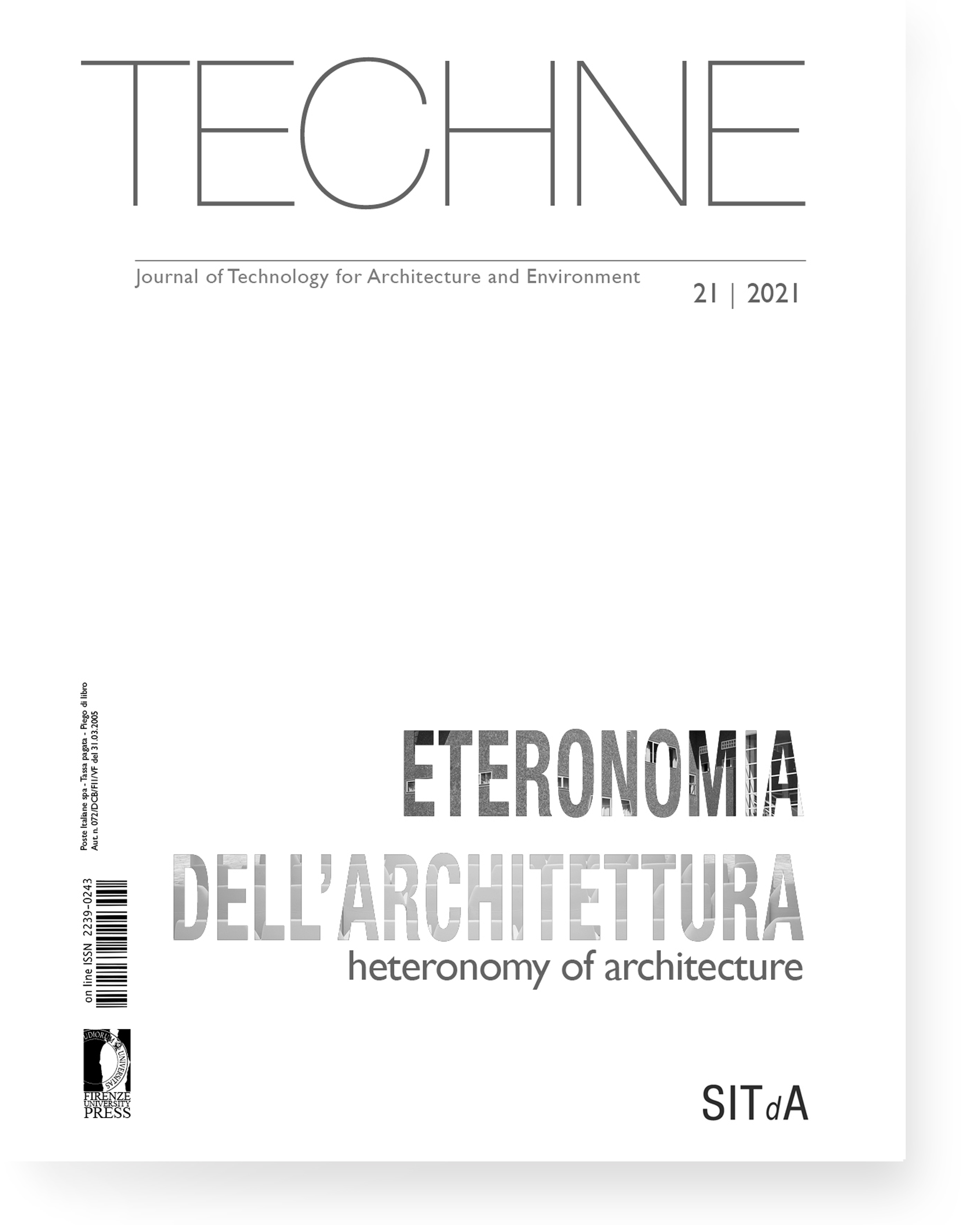Published 2021-05-25
Keywords
- .
How to Cite
Abstract
«Music conveys different meanings to everyone, and sometimes, it can even communicate different things at different times to the same person», Daniel Barenboim once said. This is tantamount to saying that music is influenced by the context in which it is played, whilst at the same time influencing the context of those who are listening to it. As such, music exists within a system of relationships. From this, it follows that music can be interpreted as a public art – when it is performed in front of an audience – when it is played by one or more musicians in the presence of a listener or listeners who witness the performance. This premise sparks an initial reflection: music, the most ephemeral of all the arts, excepting the work of composers (the technicians who “create” music), is born, grows, develops and dies in the moment of the performance, in which its entire existential cycle resides. And the proof of its existence can only be found in that moment of contact between the artist and their audience. That is the moment in which music exists.






